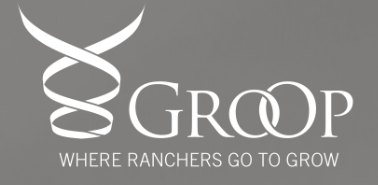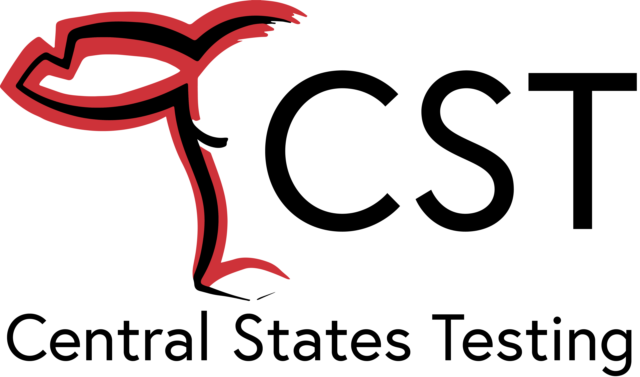In fact, pellet nutrition is like a diamond – many tiny surfaces, each reflecting a different facet of the topic. Some of these facets increase the feed quality of pellets, while others actually decrease it. Let’s examine a few of them. Then we can better decide – to paraphrase a well-known, up-and-coming playwright – to pellet or not to pellet, because that is the question.
First, an important concept: Pelleting is more than just forcing material through a die under heat and moisture and pressure.
Pelleting also means grinding that material first, and grinding means smashing the fiber. Grinding demolishes a feedstuff’s fiber structure. It’s like smashing a wrecking ball into an old building.
The building comes tumbling down, and all the rooms are gone, but the original bricks and girders are still there, albeit in a somewhat different form. It’s the same with feeds; grinding destroys the cell’s three-dimensional structure, but all the fiber molecules are still there.
Why focus on fiber? Because pelleting and grinding affect the nutritional value of fiber more than any other portion of the feed. Fiber is the feed component that must first undergo fermentation in the rumen before it can be used by the animal. The non-fiber fractions of a feed, like sugar and fat, are already highly digestible, so grinding and pelleting really don’t change them much.
But because forages contain more fiber than grains, pelleting has a greater nutritional effect on forage-based pellets than on grain-based pellets.
Grinding smashes the fiber and exposes more of its surface area to the environment. When an animal consumes ground feed, this increased surface area gives rumen microbes easier access to the fiber particles, which speeds up the fermentation rate. This tends to increase the digestibility of the feed, although not always because it depends on the type of fiber.
Some types of fiber are not digestible at all, like lignin, and exposing those types of fiber to easier microbial access changes nothing.
But pelleting also decreases the digestibility of a feed because a pellet is, well, a pellet. That is, it contains everything in the feedstuff that was forced through the pelleting die. A pellet contains all parts of a forage, including the low-value stems as well as the high-value leaves. When animals are fed loose hay in a feedbunk, they can usually sort through the forage and choose the best stuff.
They can’t do this with pellets. Pellets are an all-or-nothing feed, which means animals are forced to eat poor-quality fibers which they would otherwise avoid. Feeding pelleted forages without including a supplement can effectively lower the nutritional value (TDN) of a diet. For some animals with high nutritional requirements, like lactating cows or goats or ewes, even a small decline in TDN value can be disastrous.
But pelleting also increases feed intake. Anyone who has ever fed pellets knows this. Animals eat more pelleted hay than loose hay, partly because smashed-up fiber doesn’t take up as much room in the rumen and partly because animals can wolf down whole mouthfuls of feed without much effort.
Higher intake means more pounds (or grams or molecules or whatever) of digestible nutrients moving through the digestive tract, which potentially increases the nutritional status of the animal.
But higher intake also has its downside; it increases the rate of passage of feed through the digestive tract – after all, the extra feed has to go somewhere – which reduces the retention time of fiber in the rumen. Which gives the rumen microbes less time to ferment the fiber. Which can decrease the digestibility of the feed because some of that fiber will leave the rumen undigested.
Physically, the pellet manufacturing process also generates some heat. This may or may not affect nutrient quality – depending on factors like the amount of heat, the moisture content of the feeds, the type of forage or grain, etc. Heat can cause some proteins and carbohydrates to combine into Maillard products (caramelization), which reduces the digestibility of those proteins.
On the other hand, heat may increase the digestibility of some other proteins in the feed by increasing their bypass value, which is good if the animals need those extra amino acids. Moist heat may also slightly gelatinize some forms of starch in the feed, which can increase starch digestibility in the lower tract.
If that’s not complicated enough, the forage species itself makes a big difference; grasses and legumes can react differently to pelleting because they contain different levels of fiber and types of fiber.
Grasses generally contain more fiber than legumes. Grass fiber consists mostly of cellulose and hemicellulose, which are potentially fermentable in the rumen and thus potentially digestible by the animal. On the other hand, legumes like alfalfa and clover contain less fiber than grasses, but legume fiber contains a much higher proportion of lignin, which is virtually indigestible.
This means that, on an equal-weight basis, grass fiber generally has a higher potential digestibility than legume fiber. Therefore, by reducing the retention time in the rumen, the pelleting process may affect the nutritional value of grasses more than legumes. But if those grasses are quite mature, they will contain higher levels of lignin, which is not digestible or affected by rumen retention time. And that’s when things really get complicated.
The bottom line: The net effect of pelleting is the sum of all these factors (and perhaps a few other nutritional facets, like type of previous feed, availability of supplemental grain for fermentation, etc.).
Add into this equation some key economic issues like costs (what, pelleting is not free?) and wastage. Pellets almost always cost more than the equivalent loose feed, but pellets have little or no waste. And we must also consider our labor situation and our facilities for handling these feeds.
To pellet or not to pellet? That is the question. So when you come across a simple answer to that question, you might want to reflect that some answers are, well, too simple. ![]()
Woody Lane is a livestock nutritionist and forage specialist in Roseburg, Oregon. He operates an independent consulting business and teaches workshops across the U.S. and Canada. His book, From The Feed Trough: Essays and Insights on Livestock Nutrition in a Complex World, is available through his website.
PHOTO: A worker forks hay into the hopper of a pellet mill at Alturas Ranches in Alturas, California. Photo courtesy of Lynn Jaynes.

-
Woody Lane
- Lane Livestock Services
- Roseburg, Oregon
- Email Woody Lane









